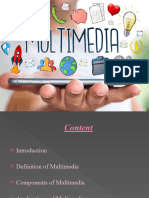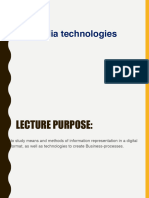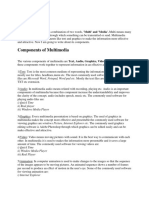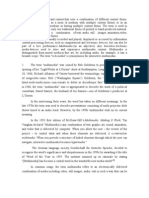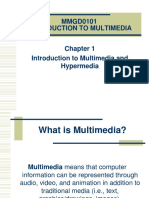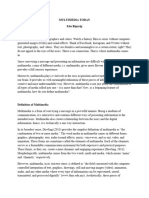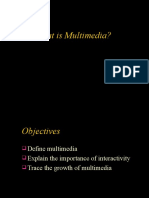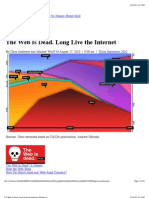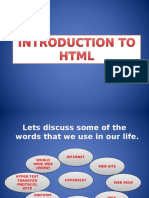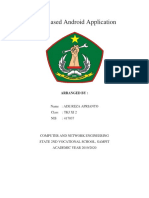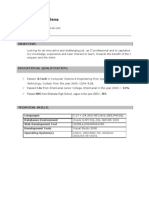0% found this document useful (0 votes)
14 views12 pagesMultimedia
The document discusses multimedia, defining it as a combination of text, pictures, audio, video, and animation that enhances information transfer. It outlines various types of multimedia, including linear, hyperactive, and interactive forms, and explores its applications in education, entertainment, business, technology, fine arts, and engineering. Additionally, it covers the evolution of media through different historical periods and details various types of media, including print, broadcasting, and internet media.
Uploaded by
Lheanna AcedilloCopyright
© © All Rights Reserved
We take content rights seriously. If you suspect this is your content, claim it here.
Available Formats
Download as PDF, TXT or read online on Scribd
0% found this document useful (0 votes)
14 views12 pagesMultimedia
The document discusses multimedia, defining it as a combination of text, pictures, audio, video, and animation that enhances information transfer. It outlines various types of multimedia, including linear, hyperactive, and interactive forms, and explores its applications in education, entertainment, business, technology, fine arts, and engineering. Additionally, it covers the evolution of media through different historical periods and details various types of media, including print, broadcasting, and internet media.
Uploaded by
Lheanna AcedilloCopyright
© © All Rights Reserved
We take content rights seriously. If you suspect this is your content, claim it here.
Available Formats
Download as PDF, TXT or read online on Scribd
/ 12










